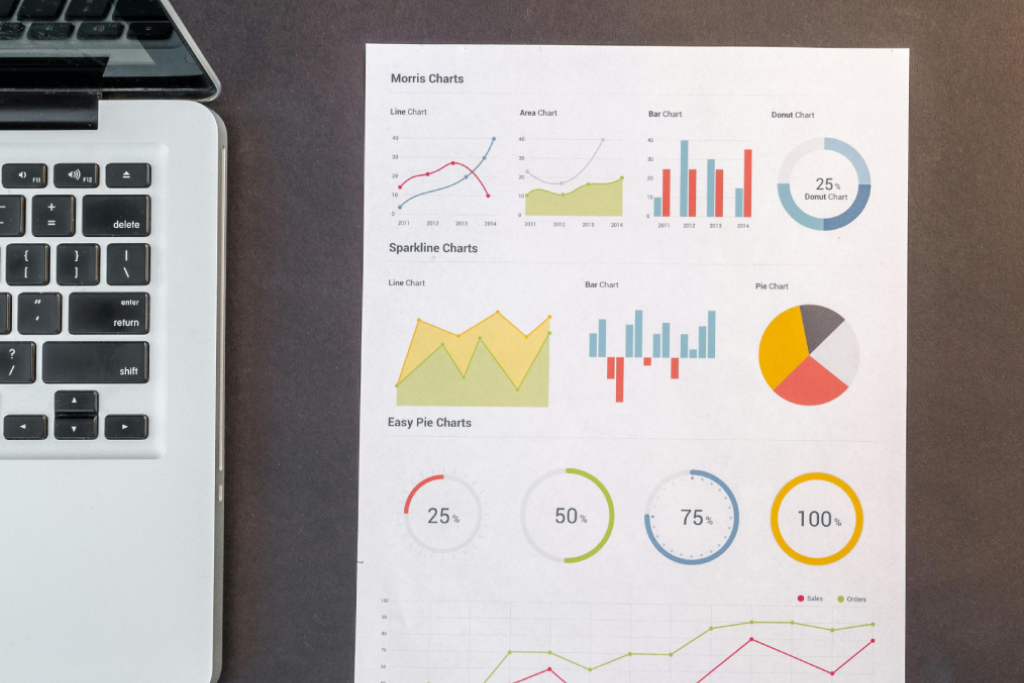Home/Services/Technology Infrastructure/Virtualization
In today’s digitally driven business landscape, organisations rely on increasingly complex IT environments to support their operations. From cloud-based platforms and physical hardware to software applications and network systems, the modern IT ecosystem can be vast and intricate. This complexity, if not clearly understood or efficiently managed, can lead to miscommunication, operational bottlenecks, and costly downtime. That’s where IT infrastructure visualisation becomes a game-changer.
Unlock Clarity and Control with IT Infrastructure Visualization
IT infrastructure visualization transforms abstract, technical components into clear, interactive visual representations that map out an organization’s entire IT landscape. By turning complex systems into easily digestible visuals, businesses gain instant clarity over how their infrastructure is structured and how different components are interconnected. Imagine having a live, visual blueprint of your IT environment at your fingertips — one that shows you exactly what’s running, where it’s located, and how everything interacts in real time.
This clarity empowers both technical teams and business leaders to collaborate more effectively. IT staff can pinpoint issues faster, identify performance bottlenecks, and manage resources with greater accuracy. Meanwhile, decision-makers outside the IT department are no longer left in the dark. With visual insights, they can participate in technology-related discussions, understand risks and dependencies, and make more informed decisions aligned with business goals.


One of the most powerful benefits of IT infrastructure visualization is improved communication between departments. It bridges the gap between technical complexity and business strategy. When stakeholders can see how systems connect, where vulnerabilities might lie, and how changes might impact performance, it leads to smarter, faster, and more aligned decision-making. Whether it’s during a system upgrade, migration to the cloud, or planning for scalability, visualization keeps everyone on the same page.
Furthermore, visualization tools enhance efficiency in troubleshooting and system maintenance. When a problem arises, IT teams can quickly isolate the issue, identify root causes, and implement fixes without wasting time on guesswork. This not only minimizes downtime but also improves service quality and enhances the overall user experience — both internally and externally.
From a strategic standpoint, IT infrastructure visualization also supports proactive planning and optimization. Businesses can forecast future needs, simulate the impact of proposed changes, and ensure their infrastructure is ready to scale with growth. By seeing the full picture, organizations can confidently align IT investments with long-term business objectives.
In essence, IT infrastructure visualization is more than just a technical aid — it’s a vital business tool. It enhances visibility, boosts operational agility, fosters stronger collaboration, and enables organizations to unlock the full potential of their digital infrastructure. In a world where technology is the backbone of business, seeing clearly is the first step toward staying ahead.



